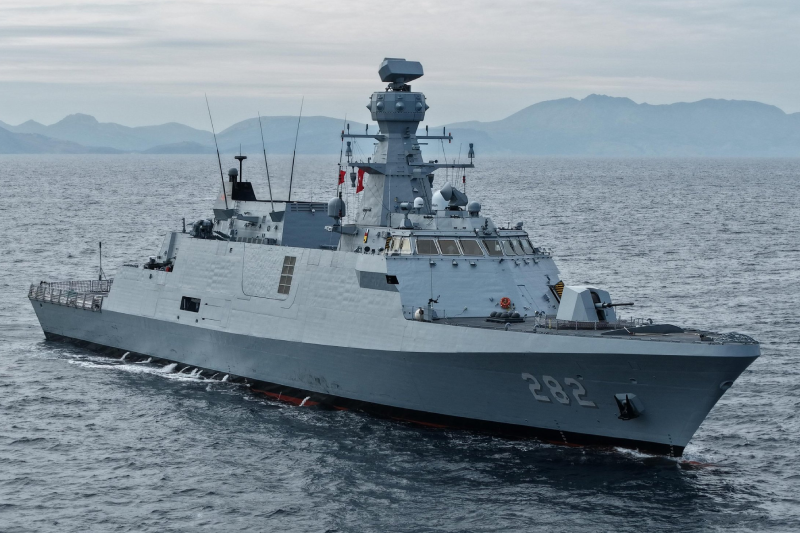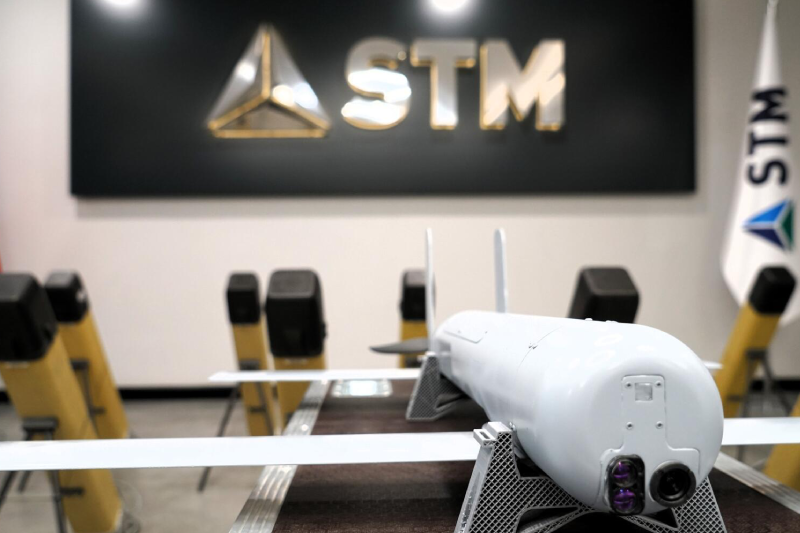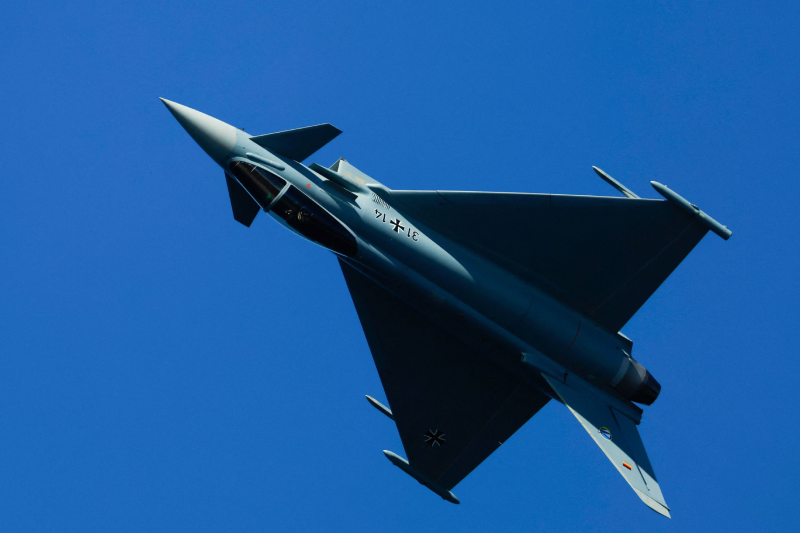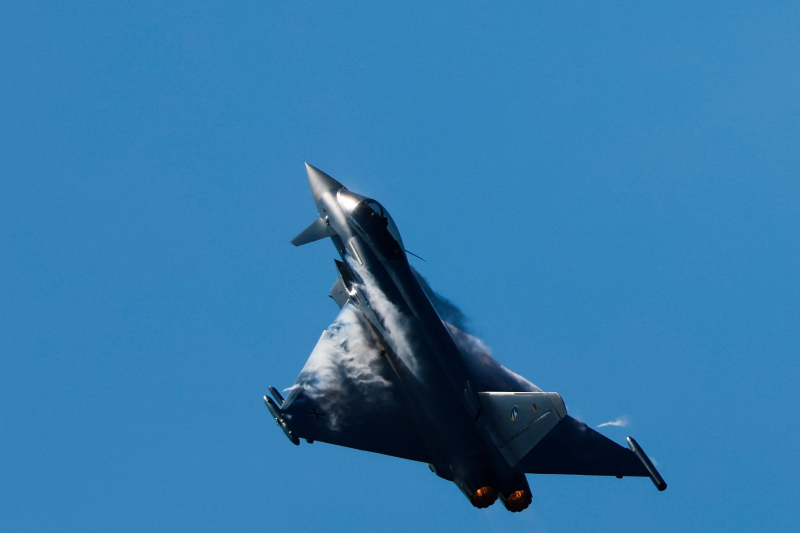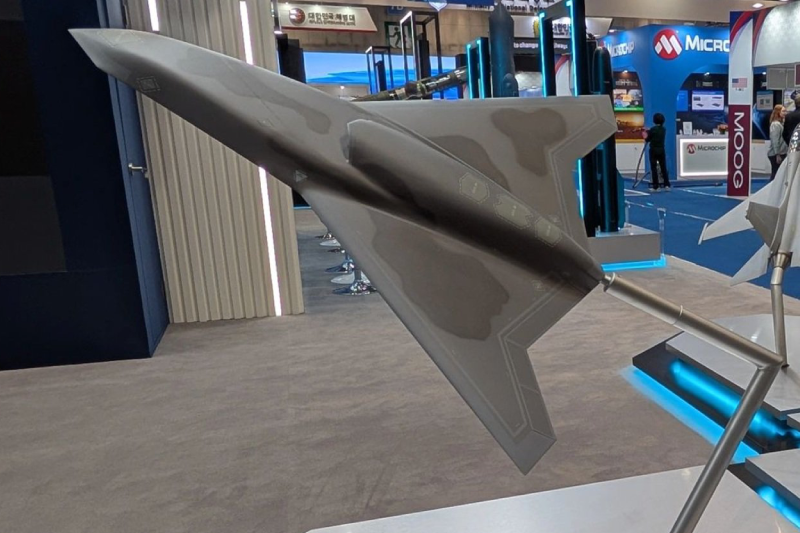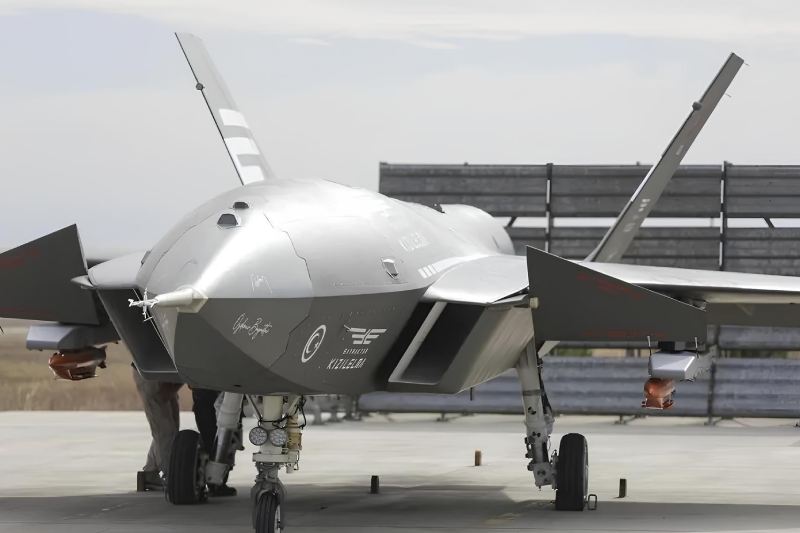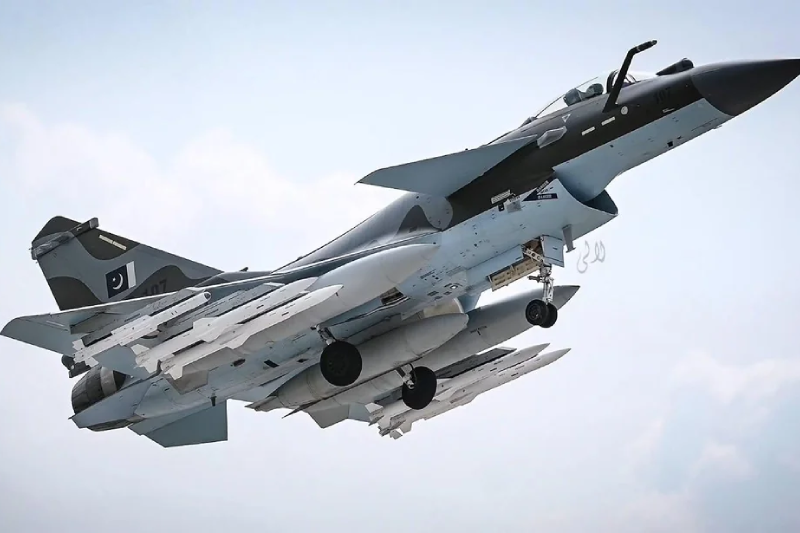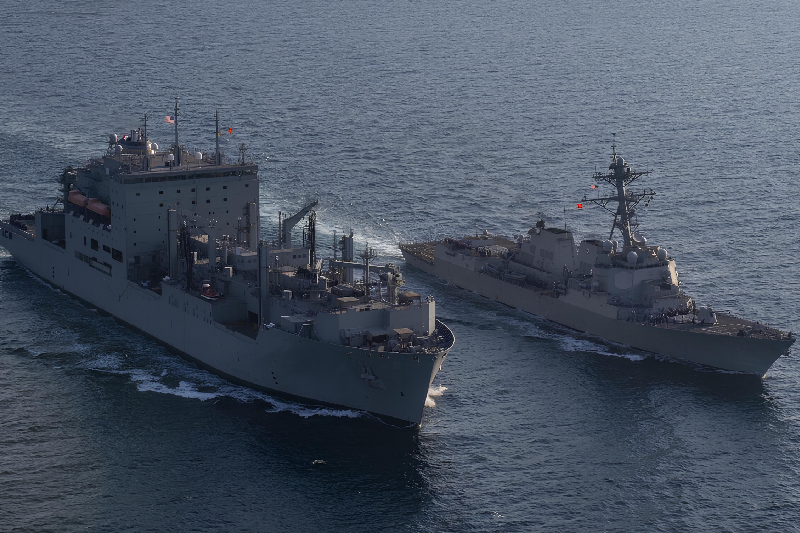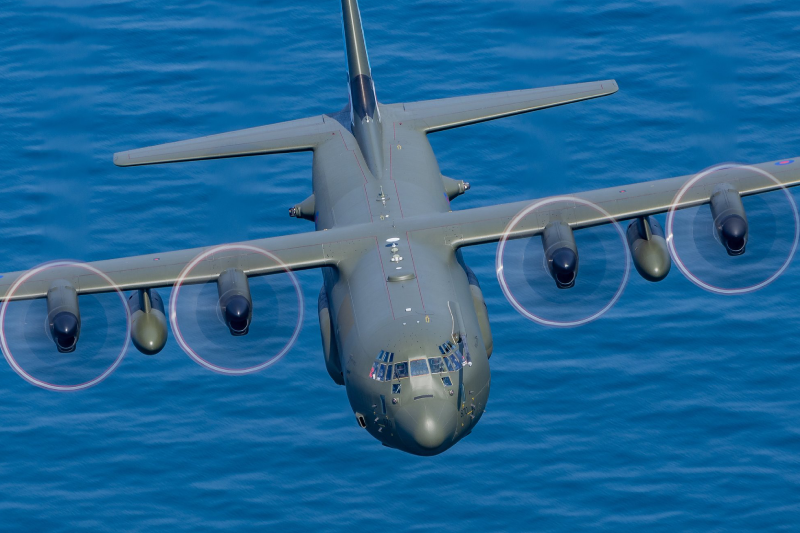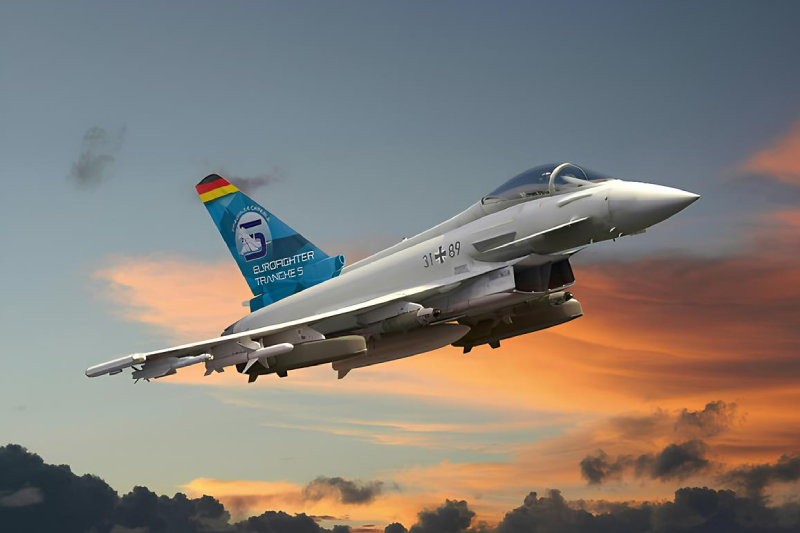Indonesia’s Type 31 Frigate Program Advances with Turkish Technology Integration
Indonesia’s ambitious naval modernization program has taken a significant step forward with the announcement that Turkish defense companies will supply critical onboard systems for the Indonesian Navy’s two incoming Type 31 frigates. This is a large-scale international project and this is one of the few steps of the Southeast Asian countries toward the improvements of the naval and naval capabilities as well as one more step of spreading the Turkish innovations in the defense as well and the defense technologies in the global markets.
Programmatic Development of strategic Partners
Babcock is constructing the Type 31 frigates based on its proven Arrowhead 140 multi-mission design, giving Indonesia access to world-class naval technology. An Indonesian state-owned shipyard is building these vessels under a comprehensive license agreement signed in 2021, marking a crucial expansion of the country’s naval fleet capabilities.
Its construction schedule proves a constant workflow, as they finished cutting steel in 2023 and laying it down in 2024. The Indonesian Navy expects to receive both frigates by 2029, providing a significant boost to the country’s maritime defense capabilities in the strategically important Indo-Pacific region.
Turkish Defense Industry Ecosystem
Recent revelations from a defense exhibit in Jakarta have confirmed that Indonesia’s Type 31 frigates will incorporate advanced technologies from three major Turkish state-owned defense companies: Aselsan, Havelsan, and Roketsan. This collaboration showcases Turkey’s growing prominence in the global defense export market and its ability to provide sophisticated military systems.
The Turkish engagement is not merely a matter of supplying equipment. It is a long-term commitment that will potentially affect Indonesian naval purchase decisions in the future. This relationship demonstrates Turkey’s strategic approach to defense exports and its commitment to supporting allied nations’ military modernization programs.
Full Sensors Suite
Aselsan will provide a sophisticated sensor suite that incorporates multiple radar systems proven in Turkey’s I-class frigates. The package includes a multifunction radar that can track multiple targets. It also features a dedicated helicopter control radar for aviation and a comprehensive surveillance radar for maritime domain awareness.
Beyond radar systems, Aselsan’s contribution encompasses identification friend-or-foe systems and advanced data link capabilities. It also includes anti-ship missile fire control systems and hull-mounted sonar arrays. The whole sensor suite will allow the Indonesian frigates to be equipped with cutting-edge detection and tracking capabilities. These are essential features that a modern navy requires.
Also Read This: ASELSAN’s YILDIRIM 100 Successfully Deflects Infrared-Guided Missiles
Systems Integration Excellence
Havelsan will serve as the systems integrator for the Type 31’s combat management system. Indeed, this is a critical role that requires seamless coordination between multiple onboard systems. Moreover, the combat management system represents the frigate’s operational nerve center, effectively coordinating sensors, weapons, and communications into a unified platform.
It is a form of combat management system that Jakarta has chosen as a universal platform. It will blend command and control among up to 40 vessels in the Indonesian naval force. The use of this standardization will also be very beneficial to the interoperability of various classes of ships. At the same time, it will minimize training staff and maintenance expenses.
Advanced Weapon System
The project team will arm the frigates with their proprietary vertical launch system, giving the platforms advanced capacity to launch missiles that Roketsan developed. The vertical launch system is an essential element of the contemporary naval force that allows reacting to various threats in numerous fields in a quick response time.
The vertical launch system will host the frigates’ primary attack weaponry, ensuring that the vessels can engage surface, subsurface, and aerial threats effectively. This capability significantly enhances the frigates’ tactical flexibility and operational effectiveness in diverse mission scenarios.
Contract Implementation
Aselsan officials stated that they have already signed three contracts for their complete technology package and will fulfill the deliveries within three years. Such a timeline aligns with the entire frigate-building schedule and guarantees that they can use Turkish systems in the integration process.
The signed agreements clearly show the maturity of the relationship between the Turkey-Indonesia defense world, and furthermore, give some assurance to the manufacturing companies and the ultimate users. In addition, this contractual model lays out clear production goals and schedules, which are fundamental to the success of any defense program.
Technical Specifications
Babcock’s Type 31 frigate design measures 139 meters in length and offers impressive operational capabilities. It has the capability of carrying small inflatable boats, maritime helicopters and up to 190 people; which is of immense operational flexibility concerning various missions needs.
The frigate’s armament options include multi-domain missiles, automatic turrets, lightweight cannons, heavy machine guns, and torpedoes. This extensive weapon complex offers the possibility to effectively intervene both in an anti-ship, anti-submarine warfare, and air defence.
Engine and Economy
Power is provided by four diesel engines, Rolls-Royce MTU, of about 10,700 horsepower total. The propulsion catapults the boat to topics above 28 knots and also boasts of such a spectacular operational coverage of not less than 9,000 nautical miles.
The combination of high speed and extended range ensures that the frigates can respond rapidly to emerging threats while maintaining sustained operations in Indonesia’s vast maritime territory. such performance features are mandatory in order to have optimum patrol and defense services within the Indonesian archipelago.
Integration and fleet designation
Upon delivery to Indonesia, the Type 31 frigates will be designated as Merah Putih-class vessels, reflecting their integration into the Indonesian Navy’s fleet structure. This designation honors Indonesian national identity while acknowledging the vessels’ role in defending the nation’s maritime interests.
The Merah Putih-class frigates will significantly enhance Indonesia’s naval capabilities, providing modern platforms capable of conducting complex multi-domain operations. These vessels will serve as force multipliers, extending Indonesia’s maritime reach and defensive capabilities.
The Indonesian Type 31 is, indeed, an illustrative and triumphant instance of defense partnership among nations, combining British design, Turkish systems integration, and Indonesian production. Moreover, this partnership model has clearly shown how mid-sized powers can thus gain access to superior military technology while simultaneously building their own industries.
The program’s success could influence future Indonesian naval procurement decisions and establish precedents for additional Turkish defense exports in Southeast Asia. This partnership strengthens both nations’ defense industrial capabilities while enhancing regional security cooperation.
Keep connected with us at Facebook, Twitter, YouTube, Instagram & TikTok for latest defense happening around the globe.
Discover more from International Defence Analysis
Subscribe to get the latest posts sent to your email.


